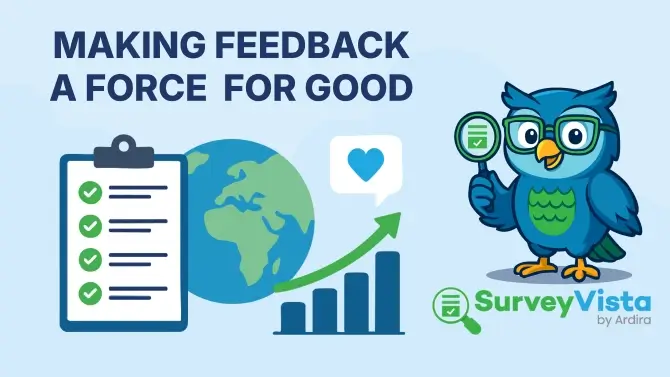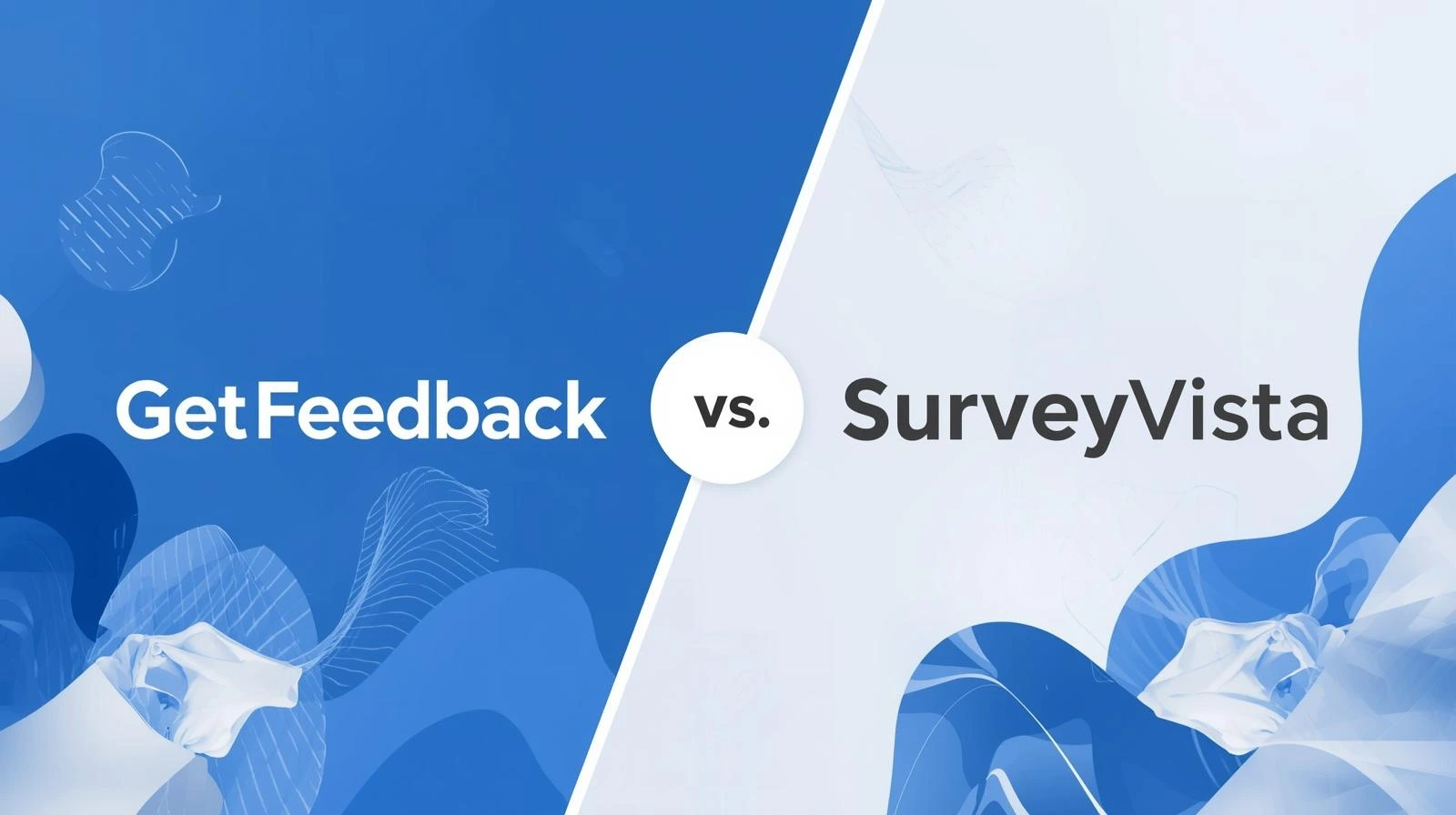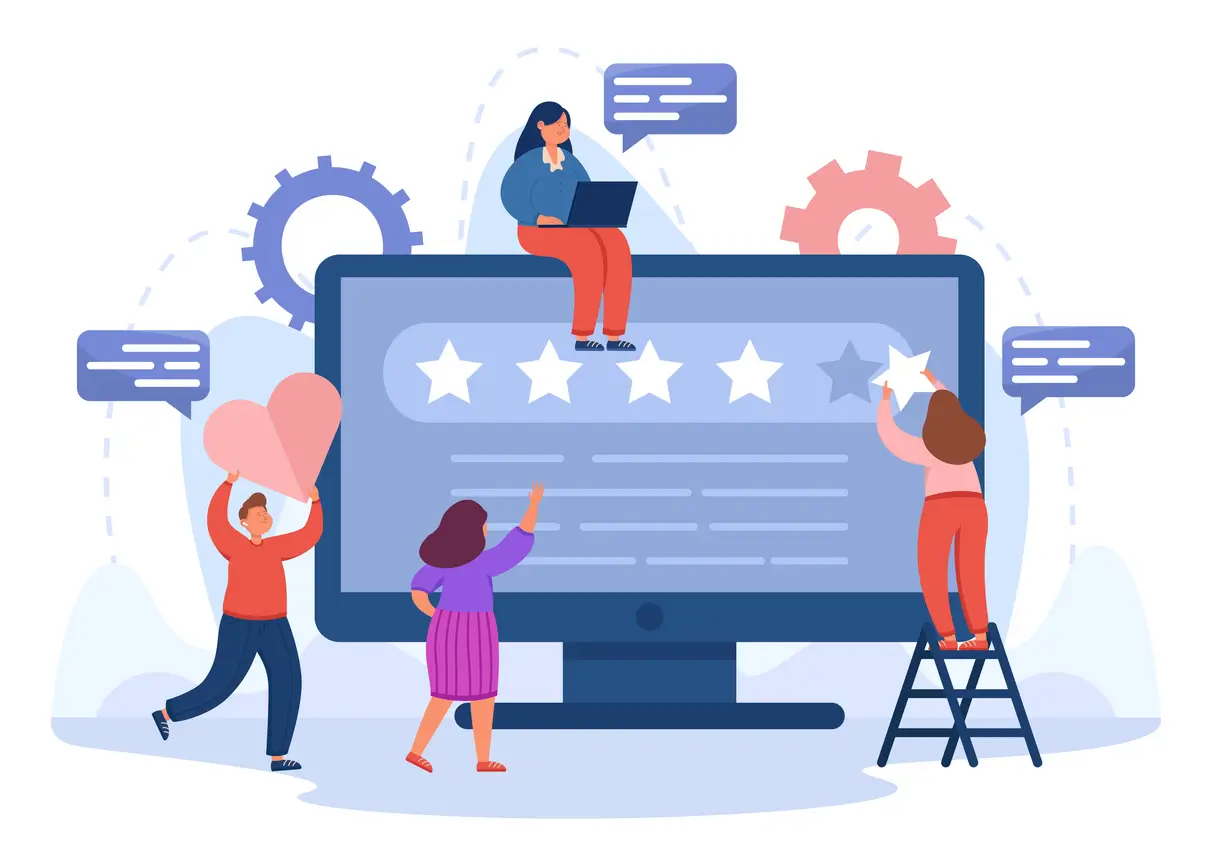Here’s a frustrating reality: 95% of customers actively seek reviews before purchasing, yet most businesses struggle to get meaningful feedback from their own customers.
You know your customers have opinions—they’re sharing them somewhere, just not with you.
The feedback paradox is real. Customers want to share their experiences, but they need the right invitation at the right moment. The difference between businesses that collect valuable feedback and those that don’t isn’t luck—it’s strategy.
Why Customer Feedback Matters More Than You Think
The Hidden Cost of Silent Customers
Silent customers are expensive customers. When pain points go unaddressed, you’re not just losing individual sales—you’re hemorrhaging potential revenue across your entire customer base.
Your competitors who listen better are capturing the market share you’re leaving on the table. They’re solving problems you don’t even know exist and building loyalty while you’re operating in the dark.
Customer retention improves dramatically when feedback drives your decision-making. Companies that actively collect and act on feedback see higher retention rates because they’re fixing issues before customers walk away.
What Makes Customers Want to Share
The psychology behind feedback is surprisingly simple. Customers share when they feel heard, valued, and confident their input will create change.
There’s a crucial difference between solicited and unsolicited feedback. Unsolicited feedback often comes from extreme experiences—either fantastic or terrible. Solicited feedback captures the middle ground where most of your customers live.
Building trust through responsive listening transforms occasional feedback into ongoing dialogue. When customers see their suggestions implemented, they become invested in your success.
8 Effective Ways to Solicit Customer Feedback
Method 1 – Social Media Polls and Monitoring
Social media isn’t just where your customers hang out—it’s where they’re already talking about you. Twitter, Facebook, and Instagram conversations reveal real-time sentiment that traditional surveys miss.
Social listening tools catch organic conversations before they become bigger problems. You’re not interrupting customers to ask for feedback; you’re joining conversations they’re already having.
Here’s the kicker: 47% of customers voice complaints on social media first, before contacting your support team. That means social monitoring gives you a head start on problem resolution.
Method 2 – Strategic Email Outreach
Email remains one of the most effective channels for feedback collection when done right. The key is crafting messages that feel warm and personal, not automated and pushy.
Timing makes all the difference. Send feedback requests when customers are most likely to engage—typically 3-7 days after a purchase or interaction when the experience is still fresh.
Method 3 – Post-Interaction Surveys
The moment right after a customer interaction is golden for feedback collection. Their experience is fresh, and they’re already engaged with your brand.
Micro-surveys that take under 60 seconds get the highest completion rates. Think one question with a star rating, not a 20-question marathon that tests their patience.
Emoji reactions and visual rating scales work better than text-heavy forms. People process images faster than words, and a simple thumbs up/down can capture sentiment instantly.
Method 4 – Review Site Integration
Directing satisfied customers to Google, Trustpilot, and industry-specific platforms amplifies your positive feedback where it matters most. These reviews influence future customers more than internal testimonials.
Automating positive review requests works, but timing is everything. Ask when customers are in their post-purchase glow, not when they’re dealing with shipping delays.
Method 5 – In-App and Website Feedback Tools
Contextual feedback prompts during user journeys capture insights when customers are actively experiencing your product. This real-time feedback is more accurate than asking them to remember their experience later.
Comment boxes and feedback widgets should enhance the experience, not interrupt it. Place them strategically where users naturally pause or complete actions.
Mobile app rating requests work best at optimal moments—after successful task completion, not during frustrating experiences.
Method 6 – Direct Interviews and Focus Groups
Sometimes you need to go deeper than surveys can reach. Qualitative feedback reveals the emotional drivers behind customer behavior that numbers alone can’t capture.
Creating psychologically safe environments for honest input requires skill. Customers need to feel comfortable sharing negative experiences without fear of judgment or retaliation.
Structuring interviews to uncover emotional drivers means asking “why” and “how did that make you feel” rather than just “what happened.”
Method 7 – Customer Call Analysis
Your support call transcripts are goldmines of unstructured feedback. Mining these conversations reveals recurring issues that might not surface in formal surveys.
Identifying feedback patterns in customer service interactions helps you spot trends before they become widespread problems. One frustrated customer often represents many silent ones.
Method 8 – Incentivized Feedback Programs
Reward structures can boost response rates when implemented thoughtfully. The key is balancing incentives with authentic feedback—you want honest opinions, not people just trying to get rewards.
Creative rewards beyond discounts and gift cards often work better. Consider exclusive access to new features, early product launches, or recognition in your customer community.
When to Ask for Feedback (Timing Is Everything)
The Sweet Spot Moments
Post-purchase euphoria is real, and it’s your best window for positive feedback. Customers are excited about their new purchase and more likely to share their enthusiasm.
After successful problem resolution, customers often feel grateful and want to acknowledge good service. This is when you’ll get your most detailed and helpful feedback about your support process.
During product usage peaks, customers are actively engaged and can provide specific, actionable feedback about their experience.
Avoiding Feedback Fatigue
The 3-touch rule keeps you from becoming annoying. One initial request, one gentle reminder, then stop. Respect customers who don’t respond—they’re giving you feedback through their silence.
Spacing requests across customer journey stages prevents survey overload. Modern lifecycle-based feedback collection helps you identify optimal touchpoints where feedback requests feel natural rather than intrusive.
Reading engagement signals before asking helps you identify customers who are likely to respond. Look at email open rates, website activity, and support interactions to gauge receptiveness.
Turning Feedback Collection into Business Growth
Integrating Feedback with Your CRM
Connecting feedback data to customer records creates a complete view of each relationship. You can see satisfaction trends alongside purchase history and support interactions.
Triggering automated responses based on sentiment ensures no feedback falls through the cracks. Automated survey distribution features help maintain consistent feedback collection while preventing survey fatigue through intelligent timing and frequency controls.
Using feedback to inform sales and marketing strategies helps you focus on what actually drives customer satisfaction. Your messaging becomes more authentic when it’s based on real customer experiences.
Acting on Feedback to Drive Retention
Prioritizing feedback-driven improvements shows customers their voices matter. When you fix the issues they report, you’re solving problems for your entire customer base.
Communicating changes back to customers closes the feedback loop and builds loyalty. Let people know when their suggestions become reality.
Using positive feedback for testimonials and case studies amplifies your success stories. Happy customers often become your best marketing assets.
Common Feedback Collection Mistakes to Avoid
The Survey Overload Trap
Bombarding customers with too many requests destroys goodwill and reduces response rates. Quality over quantity applies to feedback requests just as much as responses.
Asking for feedback without clear purpose frustrates customers who take time to respond. Make sure you know what you’ll do with the information before you ask for it.
Ignoring feedback once collected is worse than not asking at all. Customers notice when their input disappears into a black hole.
Technical and Process Pitfalls
Broken feedback links and forms create terrible first impressions. Test every survey and form regularly to ensure they work properly.
Data silos prevent action on feedback by keeping insights trapped in separate systems. Your feedback data needs to connect to your operational systems.
Delayed responses to critical feedback can turn recoverable situations into lost customers. Set up alerts for negative feedback that require immediate attention.
Building Your Feedback Strategy with SurveyVista
Why Native Salesforce Integration Matters
Keeping feedback data where it belongs eliminates the complexity of managing multiple systems. When everything lives in Salesforce, your team can act on insights without switching platforms.
No sync delays or data loss means feedback triggers immediate action. Your customer success team sees satisfaction scores in real-time, not hours or days later.
Maintaining compliance and security standards becomes automatic when feedback data stays within your existing Salesforce environment. You’re not introducing new security risks or compliance requirements.
Frequently Asked Questions
How often should I ask customers for feedback?
Follow the 3-touch rule: one initial request, one gentle reminder, then stop. Space feedback requests across different customer journey stages to avoid survey fatigue while capturing insights at optimal moments like post-purchase or after support interactions.
What’s the best time to send feedback requests?
Send requests when experiences are fresh: 3-5 days after purchase, within 24 hours of support resolution, or same day after service completion. Timing during post-purchase euphoria or after successful problem resolution yields the highest response rates.
How can I increase my feedback response rates?
Make feedback easy with one-click rating systems, mobile-optimized forms, and surveys under 60 seconds. Use personalized outreach, offer modest incentives, and ask at optimal moments when customers are naturally engaged with your brand.
Should I incentivize customers to leave feedback?
Yes, but keep rewards modest to maintain authenticity. Consider non-monetary incentives like exclusive access, early product launches, or charity donations. Offer incentives after submission, not before, to avoid skewing responses toward positive feedback.
What’s the difference between solicited and unsolicited feedback?
Unsolicited feedback typically comes from extreme experiences—very positive or negative. Solicited feedback captures the middle ground where most customers live, giving you a more complete picture of overall customer satisfaction and experience.
More Like This

Rajesh Unadkat 
Founder and CEO
Rajesh is the visionary leader at the helm of SurveyVista. With a profound vision for the transformative potential of survey solutions, he founded the company in 2020. Rajesh's unwavering commitment to harnessing the power of data-driven insights has led to SurveyVista's rapid evolution as an industry leader.
Connect with Rajesh on LinkedIn to stay updated on the latest insights into the world of survey solutions for customer and employee experience management.



